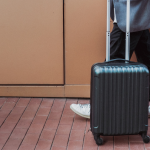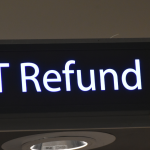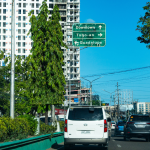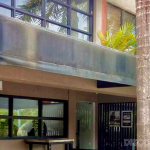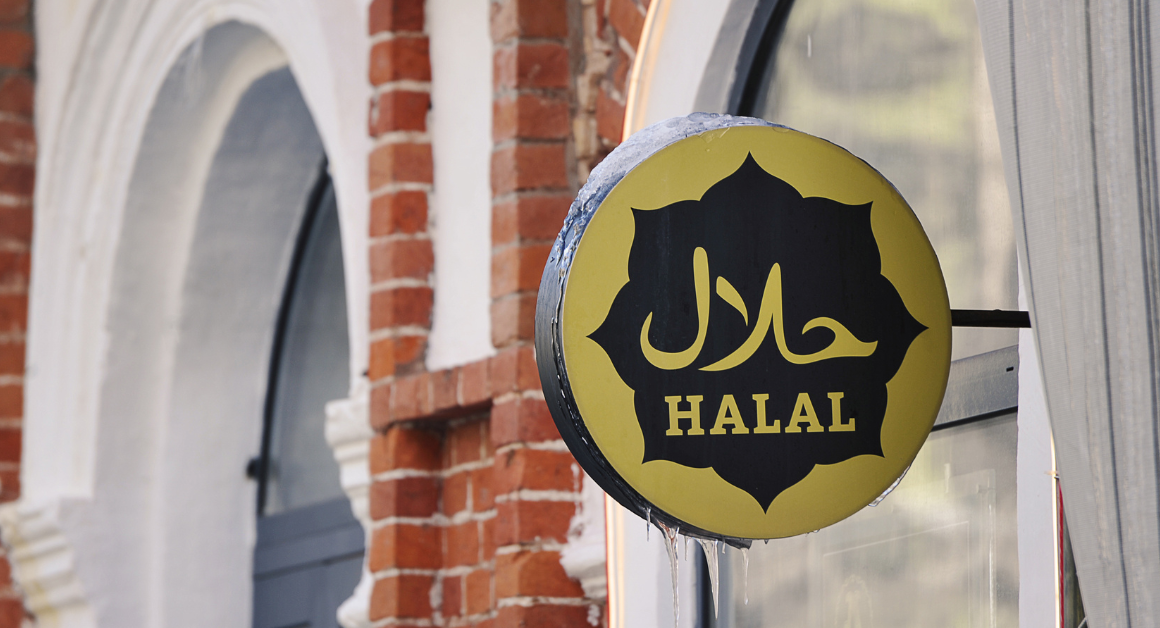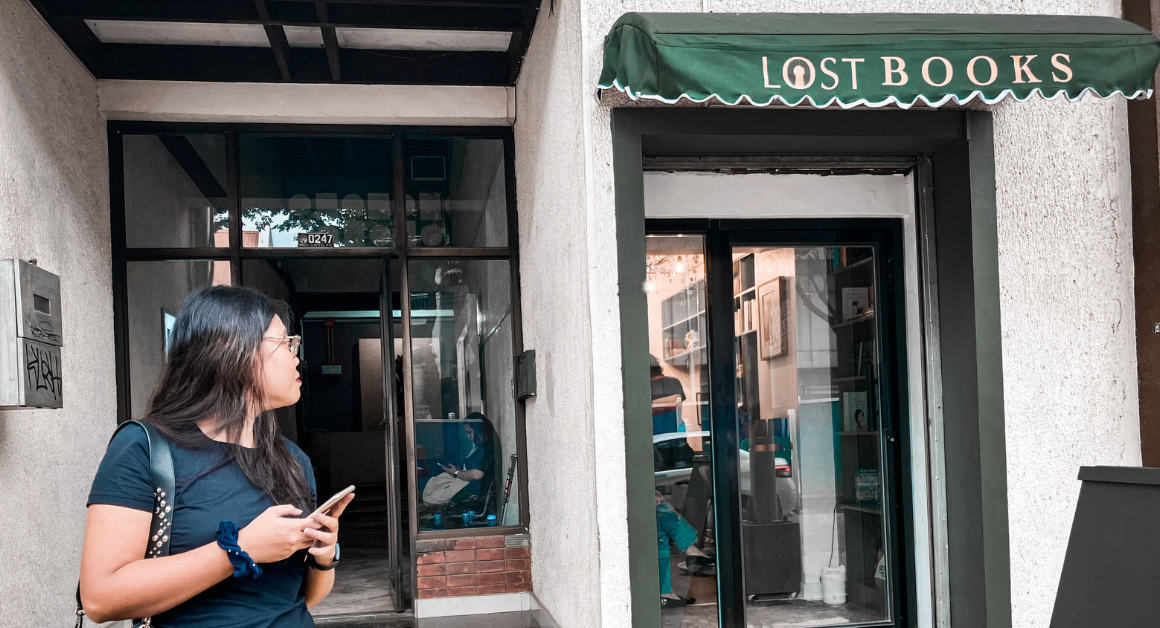Sending a package from Cebu to another city or abroad? Or are you expecting to receive one? Here’s a guide on your shipping options and some useful tips.
Sending via Post Office
The public post office, PHLPost or Philippine Postal Corporation, is the cheapest way to send a parcel. It’s also the slowest means. It’s quite normal for packages to arrive way beyond their expected delivery date.
That being said, PHLPost is generally reliable. If you select shipping with tracking, you’ll be able to keep tabs on your item en route in real time through the Domestic Mail Tracking System (https://tracking.phlpost.gov.ph/). For international deliveries, you’ll initially have to track the item using the tracking site of the origin country, until it arrives in PH.
Within Metro Cebu, you can find PHLPost at the following locations:
- Cebu Central Post Office (CCPO) at A. Pigafetta Street
- Cebu City Hall Post Office at Magallanes Street
- Robinsons Galleria
- Gaisano Country Mall
See the complete list of PHLPost offices in Cebu.
PHLPost mail services include:
Express Post
- International Express Mail Service. Any articles from documents to merchandise and goods can be sent via IEMS, given they are not prohibited by regulations (more on this later). This service works for 45 countries with which the Philippines has a bilateral EMS exchange agreement.
- Domestic Express Mail Service. DEMS items are delivered the next day provided they are posted or before the cut-off time on the date of mailing. This is available in all major cities and towns nationwide.
- Express Pouch. Guaranteed next-day door-to-door delivery but only to selected areas.
Parcel Post
For non-perishable foodstuff, handicrafts and other merchandise. Parcel may be sent via surface or air means. Delivery for parcels with a maximum insured value of Php 5,000 is available to Switzerland and the U.S.A. and its possessions.
Letter Post
Letters and postcards weighing not more than 2 kilos which can be classified as:
- Ordinary. Basic postage charges, delivered through regular channels
- Priority. Next-day delivery in Metro Manila and selected cities and towns
- Registered. Accorded mail security
- M-Bags. for books and other printed materials
- Small packets. Trade samples and other goods less than 2 kilos
Below are the rate matrices for various PHLPost services. Alternatively, you may use their rate calculator (http://www.philpost7.com/rate_calculator.php) to figure out the cost for a specific type of delivery.
Claiming your item at PHLPost
Once you see in the tracking system that your item has arrived at the delivery office, go there with your tracking number, a valid ID and some cash. It’ll make things easier if you bring a printed copy of the tracking results. If you wait to get a notification/notice card from the office, it can take ages!
If there’s a delay in delivery and you see that your parcel is “en route to the delivery office,” you can call or visit the post office to check and claim your parcel.
At the post office, present your tracking result and your ID. You’ll be asked to pay storage/handling fees (around Php 112) if the item came from overseas. And that’s it!
Sending via Private Courier
A local courier is often preferable for sending time-sensitive and bulky items (or just about anything actually). They’re also patronized by most online sellers. Because private courier companies have a professional transport system in place, deliveries move at a faster pace. And there’s also the convenience of having the item delivered to your doorstep, instead of having to go to the local post office.
Sending a package is pretty straightforward. You can either bring your package to the nearest hub of your chosen courier or request for a pick-up. They will explain your delivery options depending on the weight and type of item you’re sending. The rates are then calculated. You pay, and get the receipt with the tracking number.
While there isn’t a single courier trusted by all, here are some of the commonly used companies in Cebu:
LBC
Provides both domestic and international express delivery services. There’s usually a branch or two in malls including Ayala Center, SM City, E-Mall, JY Square, Robinsons Cybergate, Gaisano Country Mall, etc. Check their rates here
FedEx
FedEx is one of the world’s largest express shipping companies. Their massive network allows you to ship to more than 220 countries and territories. And everything can be done online. Service-wise, though, FedEx can put you on edge. Deliveries can take forever and sometimes you are given the wrong tracking information. There’s also the issue with hidden charges.
DHL
DHL offers time-definite and day-definite international express delivery, which comes in handy for important documents and goods. You can either drop off your parcel or schedule a pick-up. You can even ship and pay using your credit card. However, complaints about hidden charges and packages getting stuck somewhere are not uncommon. Check the full rate transit guide to get a better understanding of their fees.
JRS Express
They charge according to the size and weight of your package, so it can be a bummer if you’re hoping to send a bulky package. Customer service differs from day to day and from one branch to another. Generally speaking, JRS Express gets more bad reviews than good. It can be hard getting updates or answers regarding the status of your package.
ABest
ABest has nationwide coverage For international shipping, ABest only accepts documents at present which are priced according to weight and destination. Pouch and parcel receptacles are good for 2kg weight only. Above that limit, you may pack your own parcel or buy an ABest box costing Php 25 (3 kg) or Php 35 (5 kg). Items above 5 kg are considered as cargo and charged accordingly.
Cebu City Branch:
62-D Jakosalem Street, Unit 104 Marijoy Building (back of Gaisano Main, across the Freeman)
Mandaue City Branch:
Door 8 Esperanze Building, Cabahug St., Corner A.C. Cortes Ave.
Rates exclude valuation charge, which is 1% of the item’s declared value. Minimum declared value if Php 500.
Lalamove
If you’re going to send something anywhere within Cebu, use Lalamove to have it delivered the same day. It works the same way as Grab Express. They deliver parcels, food, documents and even bulky items (e.g. office equipment, home furniture, etc.) 24/7. To use Lalamove, just download their app and make a booking request. The price is calculated on the app according to item type and delivery distance.
Hub: Unit 3-104 GF OIC3 – Oakridge Business Park, Mandaue City, Cebu

Wondering how online shopping and deliveries work in Ph? Check out our article Online Shopping in Ph and How deliveries work.
Receiving Packages from Abroad
Be it a gift from home or an item you ordered online, any package coming into the Philippines from abroad is subject to Customs regulations and restrictions. It’s a long list of do’s and don’ts, so we’ll just highlight all the important parts you need to know.
The general rule is that all goods brought to the country “are subject to duty and tax upon importation, including goods previously exported from the Philippines, except as otherwise provided for in the CMTA (Customs Modernization and Tariff Act) or in other laws.”
Prohibited, restricted and regulated goods
What’s the difference?
- Regulated goods may be imported after securing necessary documents and any other requirements from the concerned regulatory agency.
- Restricted goods may be imported only when regulation or law authorizes them.
- Prohibited goods are unlawful by their nature, ergo, not allowed into the country. This includes
Regulated and restricted goods include live animals and plants, fishery and aquatic products, wood products, medicines, essential chemicals and dangerous drugs (e.g. Ketamine, Ameneptine, etc.), color reproduction machines that may be used for printing money, explosives, used motor vehicles, boats, wired household appliances, selected medical devices. These will require clearances or a certificate of authority to import from the concerned government regulatory agency.
For example, used vehicles need a Certificate of Authority to Import (CAI) from the Fair Trade Enforcement Bureau (FTEB) of the Department of trade and Industry (DTI). On the other hand,
Prohibited items include arms and ammunition, weaponry, dangerous substances, gambling articles (including lottery tickets), pornographic materials, and written or printed materials inciting treason or rebellion.
See the full list here.
Customs Duty
All imported goods must go through customs to clear the shipment. Clearance depends on the country of origin, the quantity of goods, and the value including transport charges.
Customs duty, which is a tarrif or tax imposed on imported goods, is usually not included in the price of goods you purchase online, and therefore might be excluded in the overall shipping costs you pay to the online seller.
To ensure the delivery is done in the shortest possible time, your courier typically pays any inbound duties due on the goods on your behalf. Then, the courier will release the goods to you once you have fully repay them the duties and taxes paid on your behalf.
This applies to items given to you as gifts, too.
Moreover, depending on value and type of goods you are receiving, you may expect to pay the following additional charges:
- Local tax
- Regulatory charges
- Courier advance payment surcharge
- Ad valorem tax (for automobiles)
Note: Goods valued at Php 10,000 and below are tax exempt. The value of your package is ascertained at the local post office once it arrives. If below 10K, you’ll only pay the Php 112 handling fee.



